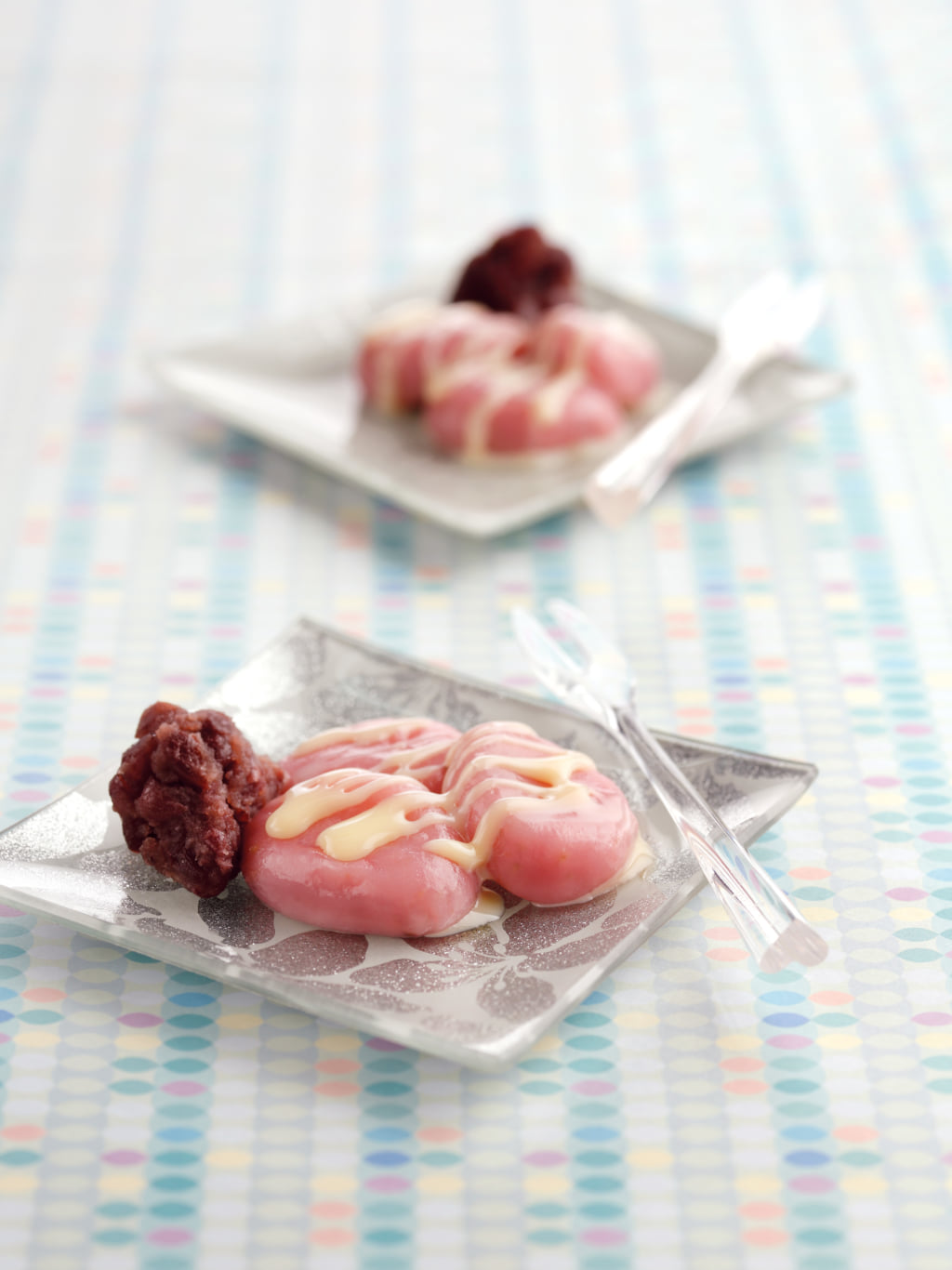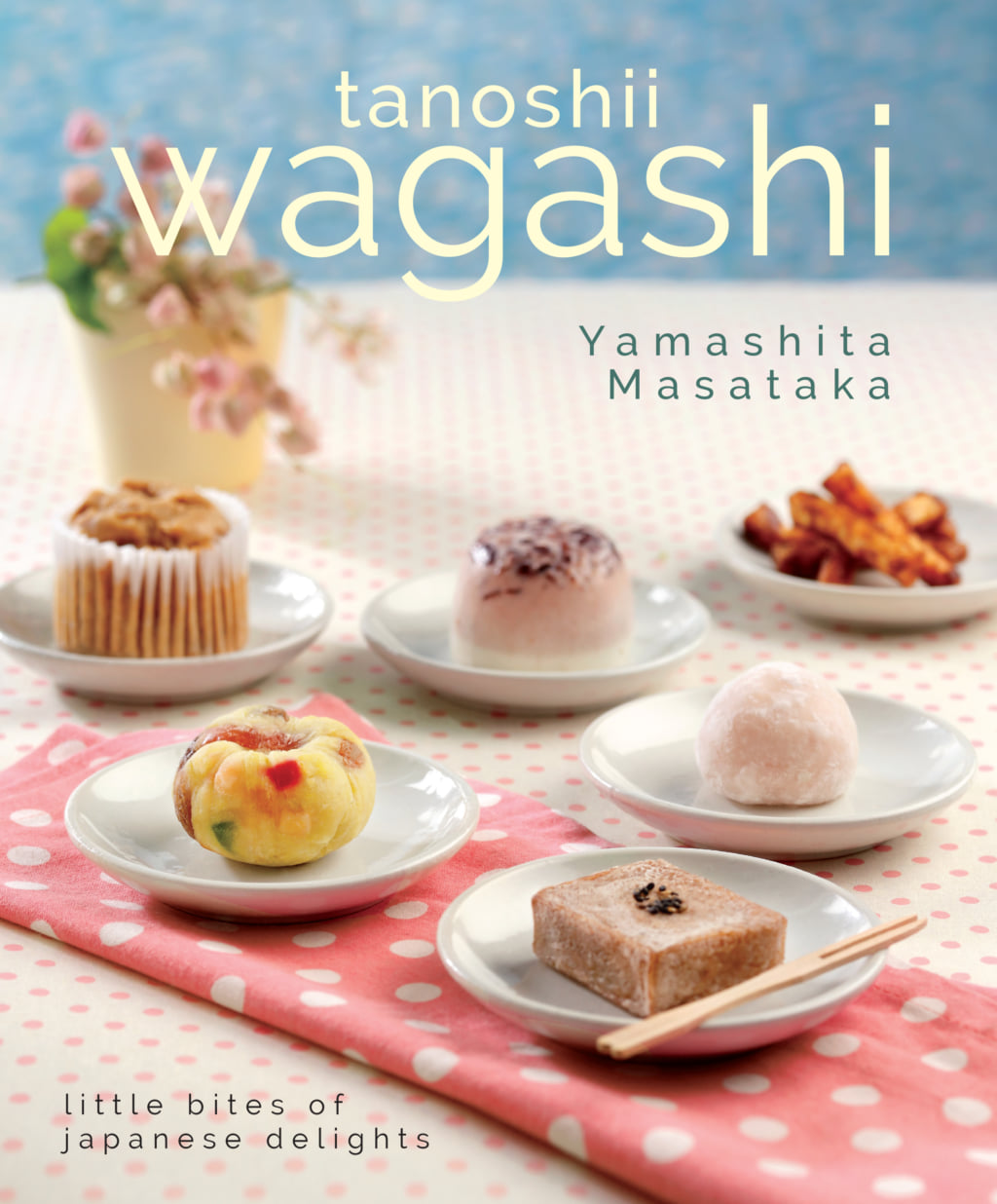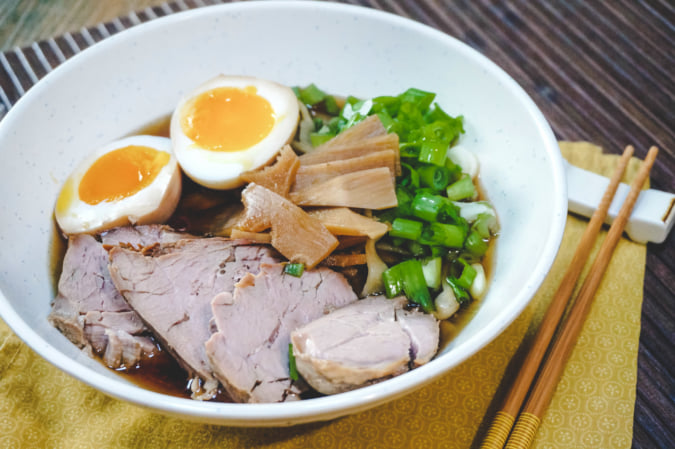Recipe for Strawberry Mochi by Masataka Yamashita
The pastry chef shares the secrets to this traditional Japanese dessert, served here with a condensed milk topping.

© Marshall Cavendish International
Mochi, whether traditional or frozen, is one of the most popular Japanese snacks. This cake is made from sticky rice and typically filled with anko, a red bean paste. In this version created by pastry chef Masataka Yamashita, strawberry paste is used instead. Another difference is the fact that the mochi are covered with condensed milk.
Mochi are a type of wagashi, traditional Japanese confections with flavours and shapes that vary with the seasons. Initially eaten during the tea ceremony, these snacks can now be enjoyed at any time of day.
In this recipe for strawberry mochi, Masataka Yamashita provides a few tips for chefs: ‘as the humidity level of strawberries varies, add the strawberries gradually and knead until the dough is soft. The texture needs to be smooth like an earlobe.’
Makes 16 pieces
Ingredients
120 g strawberries
70 g shiratamako flour
50 g condensed milk
80 g koshi-an
Method
Rinse and hull the strawberries, then pat dry. Cut into small cubes and place in a bowl. Add the shiratamako flour and knead to form a smooth dough. The mixture must not stick to your hands.
Roll the dough into a long cylinder and cut into two equal lengths. Place them side by side, then cut each length into 8 pieces. Roll each portion into a ball, then flatten gently.
Prepare a bowl of ice water and set aside.
Boil a saucepan of water and place the balls of strawberry shiratamako in it to cook. After 1 to 2 minutes, the balls should float.
Cook for another 10 seconds, then remove the balls and place them in the bowl of ice water to cool.
Drain the balls and place them in serving bowls. Cover with condensed milk and garnish with koshi-an. Serve.
The shiratamako balls can be covered with clingfilm and kept in the freezer for up to a week.
Leave to cool in the fridge for 3 to 4 hours before garnishing with condensed milk and koshi-an.
Tanoshii Wagashi: Little Bites of Japanese Delights (2014), a recipe book by Masataka Yamashita published by Marshall Cavendish International.

© Marshall Cavendish International
TRENDING
-
Ishiuchi Miyako, A Singular Perspective on Women
Recipient of the 2024 Women in Motion Award, the photographer creates intimate portraits of women through the objects they left behind.

-
Recipe for Ichiraku Ramen from ‘Naruto’ by Danielle Baghernejad
Taken from the popular manga with the character of the same name who loves ramen, this dish is named after the hero's favourite restaurant.

-
Namio Harukawa, Master of Japanese SM Art
'Garden of Domina' offers a dive into the world of an icon of ‘oshiri’, whose work has now reached a global audience.

-
The Tattoos that Marked the Criminals of the Edo Period
Traditional tattoos were strong signifiers; murderers had head tattoos, while theft might result in an arm tattoo.

-
The Emperor of Japanese Porn is Now the Star of a Netflix Series
Deliciously funny, The Naked Director especially succeeds in reviving the atmosphere that was so characteristic of 1980s Japan.





